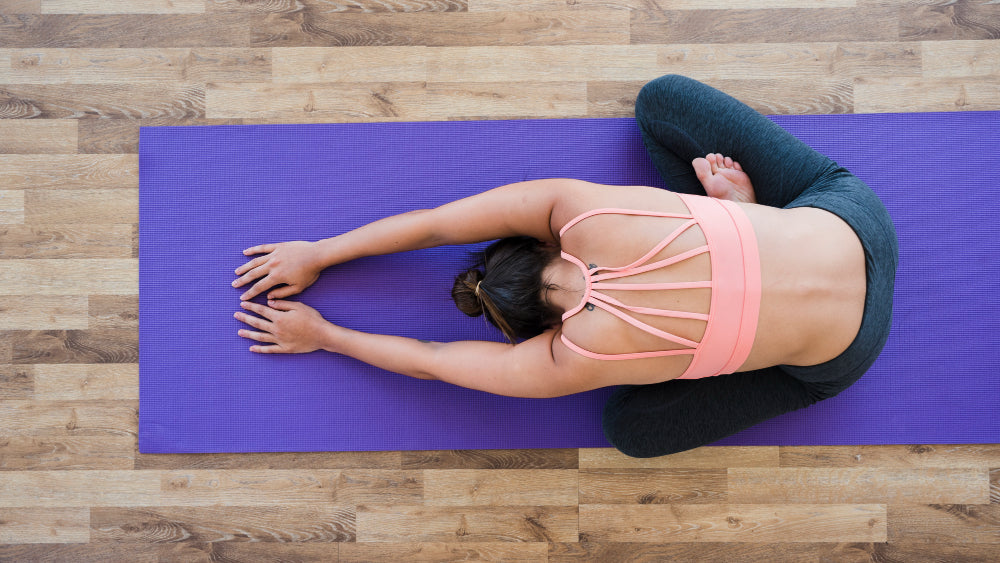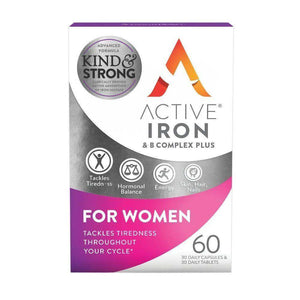What are the pelvic floor muscles?
.png?v=1669112877462)

Related products
What’s covered?
What are the pelvic floor muscles
Your pelvic floor muscles support the basic biological processes like urinating, passing abdominal gas, defecating, and having sex. Unfortunately, injuries, childbirth, and even the natural aging process can cause them to weaken over time, which can result in diseases like pelvic floor dysfunction. However, pelvic floor weakness can be cured by engaging in pelvic floor muscle exercises.
What is the pelvic floor?
Your bladder, large intestine, and internal reproductive organs are all supported by your pelvic floor, which is made up of muscles and connective tissues. The muscles in your pelvic floor support these organs while allowing for flexibility during intercourse, urination, and other activities. Your pelvic floor muscles and other significant or core muscle groups enable your body to withstand external pressures like lifting, coughing, etc., while still safeguarding your spine and internal organs. These muscles also assist you in maintaining bladder and bowel control.
What do pelvic floor muscles do?
The primary organs in your pelvis are kept in position and are protected by your pelvic floor muscles. Your ability to contract and release the muscles in your pelvic floor can assist you in expelling waste from your body. The urethra, the tube that removes urine from your body, and the anus, the organ through which faeces travel, are two examples of how the pelvic floor muscles work together. These openings are made smaller by contracting the pelvic muscles, which prevents waste from escaping. You can urinate or poop by widening these passageways by relaxing these muscles.
You can automatically squeeze and relax with strong pelvic floor muscles. Similar to flexing a bicep, you may also purposefully control these muscles.
Anatomy of the pelvis
The pelvic floor muscles are the foundation of the collection of muscles known as the "core." These muscles collaborate with the deep abdominal tummy, back, and diaphragm muscles to support the spine and regulate abdominal pressure.
Several layers of muscle and other tissue make up the pelvic floor. From the pubic bone in the front to the coccyx in the back and one ischial tuberosity sitting bone to the other, these layers spread out like a hammock going side to side. Normally, the pelvic floor muscles are strong and dense.

Where is it located?
The pelvic floor muscles form the foundation for your core muscle group. Your core is made up of your diaphragm, pelvic floor muscles, back muscles, and abdominal muscles. By linking to your pelvis and spine, these muscles function in tandem to stabilize your centre of gravity.
From your pubic bone in the front of your body to your tailbone at the rear, your pelvic floor muscles extend. On the right and left sides of your pelvis, where the sitting bones or ischial tuberosity are found, the muscles protrude outward. A single sheet of layered muscle with holes is formed by the intertwining of several pelvic floor muscles like the anus, urethra, and vagina.
Squeezing these three openings will allow you to feel the location of your pelvic floor muscles.
1. Vaginal opening:
2. Urethra:
Visualize yourself urinating, then squeeze as though you were halting the flow in mid-flow.
3. Anus:
Squeeze it as if you were trying to stop yourself from releasing wind.
You should feel your pelvic muscles pull inward and upward in each situation. These make up the muscles in your pelvic floor.
What are the common disorders linked with pelvic floor muscles and their causes?
Having too relaxed or weak pelvic floor muscles can lead to various problems. However, overly tight muscles might also be problematic. Balance is the target. While being flexible enough to stretch and relax, your pelvic floor muscles should be strong enough to support your core and protect your organs.
1. Weak or lose pelvic floor muscles
The muscles of the pelvic floor might deteriorate as a result of stress or injury, such as childbirth and surgery. These muscles may experience stress during pregnancy or due to overuse (repeated heavy lifting, chronic coughing, constipation). They could also become weaker due to menopausal hormone changes and age-related strength loss. The deterioration of pelvic floor muscles may also be caused by diseases like diabetes.
If your pelvic muscles are weak, you might be facing one of the following consequences:
-
You may urinate or dribble when you laugh, cough, sneeze, or lift weights. It occurs more frequently following childbirth, after prostate surgery, or when the pelvis has been injured.
-
The inability to control the frequent urge to urinate.
-
Having trouble managing bowel control.
-
Having trouble controlling the passing of wind.
-
The bulging into the opening of the vagina of unsupported pelvic organs such as your uterus, rectum, and bladder. After menopause, this disorder is more prevalent among cisgender people.
2. Too tight pelvic muscles
The disorders linked to hypertonic pelvic floors, or overly tight pelvic muscles, are less well understood. However, pelvic muscles with too little passage can cause urinary urgency or frequency, pelvic pain, back or hip, leg pain, uncomfortable intercourse, and trouble urinating.
Sexual trauma, other sorts of trauma or accidents, childbirth, stress, and other gynaecologic disorders may all be linked to overly tight pelvic muscles.
Conclusion
Most people don't give much thought to their health unless they have pelvic floor disorders. Don't put off taking care of your pelvic floor until an issue, such as incontinence or prolapse, presents itself. People with pelvic floor dysfunction are unable to hold their urge to urinate or defecate, which can contribute to social anxiety and discomfort. You can better regulate your bladder and bowel movements through pelvic floor exercises. Hence, pelvic floor muscle training may help with arousal, orgasmic intensity, and sexual performance. Include exercises in your program that will help you maintain the health of your pelvic floor muscles.
To learn more about women's health, read our Women's Health Hub here.





































 Rated Excellent by 26,523+ Reviews
Rated Excellent by 26,523+ Reviews